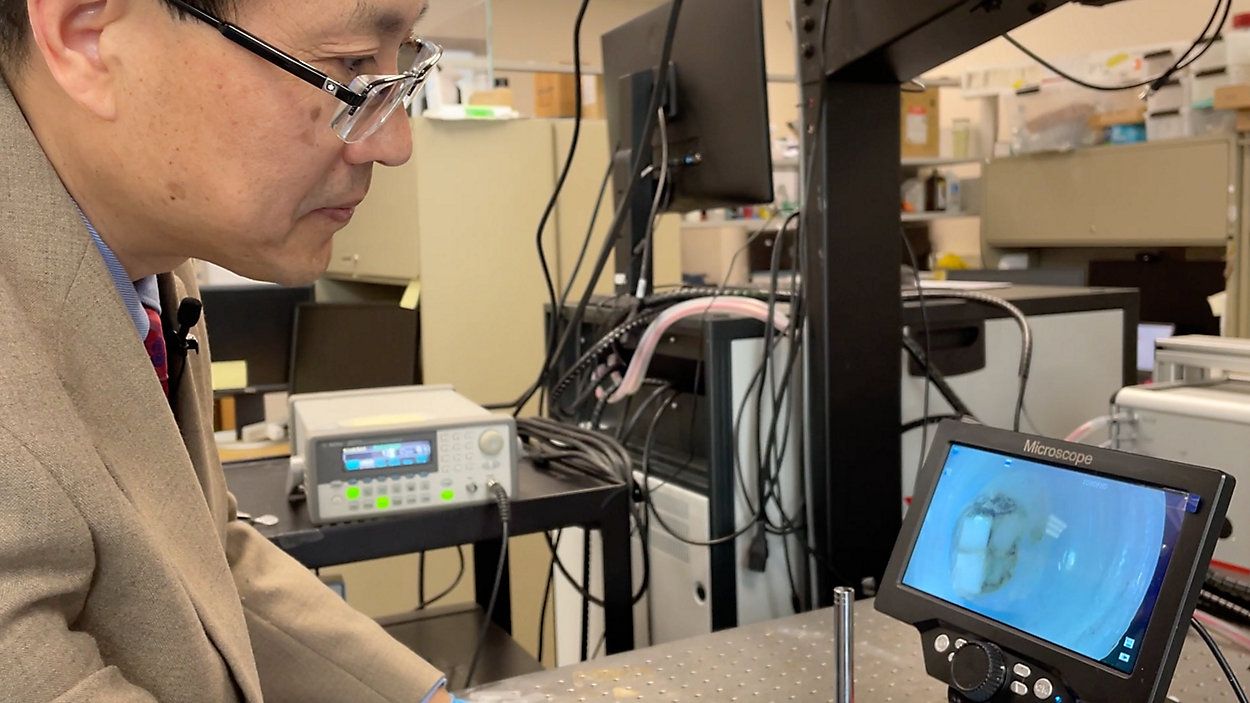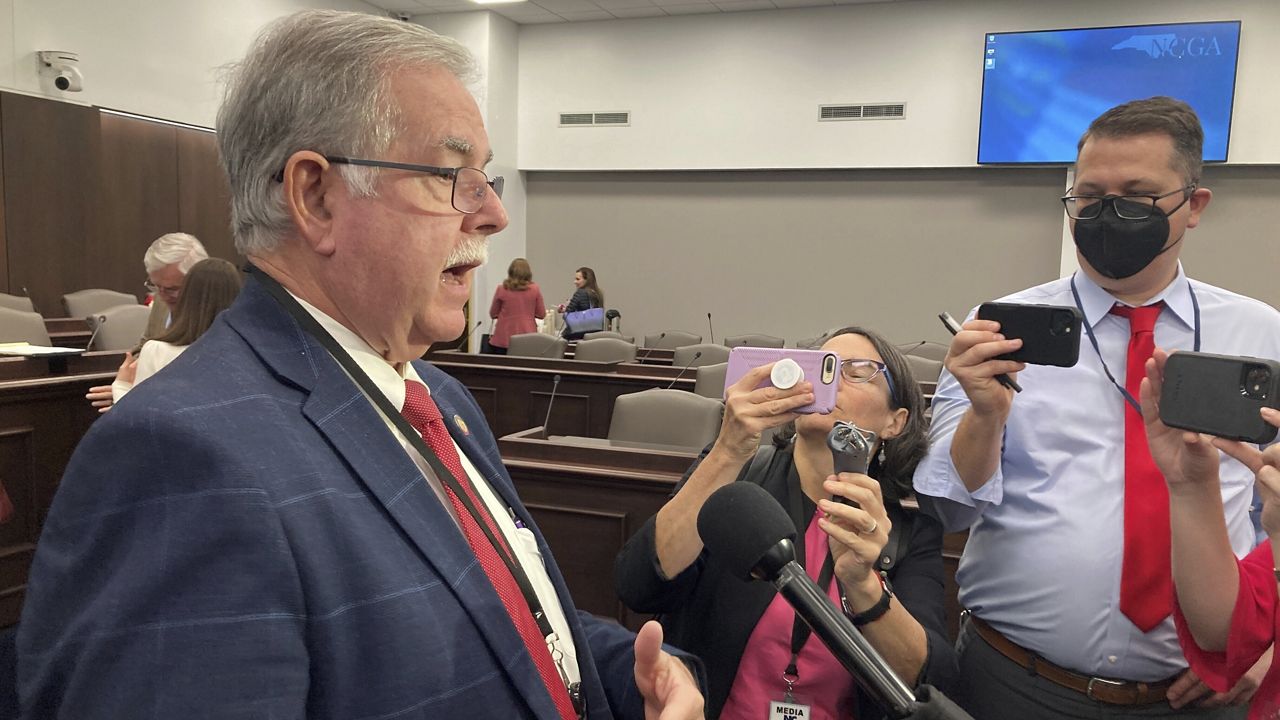RALEIGH, N.C. — Cardiac arrest outside of the hospital is deadly 90% of the time. That's a scary number, but knowing how to administer CPR could help save a life. On Wednesday, for the first time since 2015, the American Heart Association released new CPR guidelines.
Every five years the AHA assesses the lifesaving tools, and this year it is highlighting early bystander intervention, opioid overdose response, the use of mobile technology in training and response, and health disparities.
Key Findings
- Deaths from opioid overdoses in the U.S. have more than doubled over the past 10 years
- Studies found targeted resuscitation training for opioid users, their family members and friends, results in more use of Naloxone in witnessed overdoses
- Low socioeconomic communities and those with predominantly Hispanic and Black populations are found to have lower rates of bystander CPR training
- Women are less likely to receive bystander CPR
- Targeting racial, ethnic, and low socio-economic populations with CPR training and education, could help rid disparities, possibly increasing the outcomes from cardiac arrest in these regions
Major New and Updated AHA CRP & ECC Recommendations for 2020
- New: It’s now recommended to train middle and high school children on how to perform proper CPR
- New: At least 1 person who can perform the first steps of resuscitating a newborn should be present at birth
- New: Gamified and virtual reality can be used for basic and advanced life support training
- New: The AHA recommends cardiac survivors go through rehabilitation assessments and treatments for certain impairments before leaving the hospital (i.e. physical, cardiopulmonary, neurologic, cognitive)
- New: It’s recommended that survivors of cardiac arrest and their caregivers, undergo levels of planning and treatment recommendations prior to returning to work and other activities
- New: Structured assessments for survivors and caregivers are recommended (i.e. anxiety, depression, fatigue, post traumatic stress)
- New: Lay rescuers, EMS workers and hospital health care workers should be debriefed and referred for additional emotional support care
- New: Oxygenation and airway management should be prioritized during resuscitation for pregnant women in cardiac arrest
- New: Fetal monitoring should not be taken during cardiac arrest of a pregnant woman due to potential interference with maternal resuscitation
- New: It is reasonable to use mobile technology to emergency alert willing bystanders to where CPR is needed
- Updated: The AHA recommends laypersons start CPR on someone presumed to be in cardiac arrest, because there is a low risk of harm
- Reaffirmed: It’s reasonable to administer epinephrine as soon as possible for cardiac arrest and non-shockable rhythm
For full highlights of the American Heart Association's Guidelines for CPR and ECC, visit its website.










